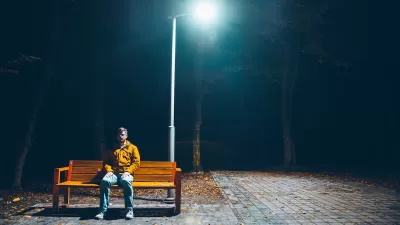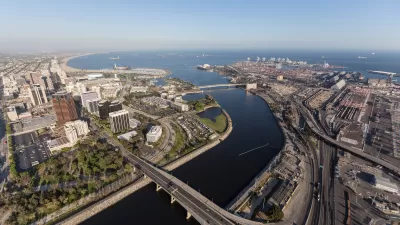A new study finds that surface topography, not solely an area's underlying geology, contributes significantly to earthquake intensity. Researchers hope that the new information can be easily factored into local planning and design processes.
By studying the seismic forces and patterns of destruction to the built environment stemming from the magnitude 7.0 earthquake in the Haitian capital of Port-au-Prince ten months ago, a team of researchers has found that certain local surface features of an area's topography can have a substantial effect on an earthquake's intensity. These findings have important implications for planning and design of the built environment, especially in places of high seismic activity that are at high-risk of facing earthquake damage in the future.
The research team, led by Susan E. Hough of the United States Geological Survey, examined relationships between various natural topographical features in Port-au-Prince and the level of destruction to the buildings and other manmade structures sitting atop them. Accompanying computer simulations created from real-world data were also created by the researchers to pinpoint just how much movement can be expected on a ridge or slope of a certain height, for example. The findings should assist planners and scientists working to map out regions of the city that are at a higher level of risk in future quakes. This process has been dubbed 'microzonation.'
"In Haiti specifically, Dr. Hough said, scientists developing microzonation maps can now incorporate the topographic effects seen along the ridge in their work to help the country rebuild properly and better survive the next earthquake. And future earthquakes on or near the same fault are inevitable, seismologists say. "Potentially you can say, 'You should build over here, and not there,' " she said."
FULL STORY: In Studying Haiti, a New Angle on an Earthquake's Intensity

Planetizen Federal Action Tracker
A weekly monitor of how Trump’s orders and actions are impacting planners and planning in America.

Maui's Vacation Rental Debate Turns Ugly
Verbal attacks, misinformation campaigns and fistfights plague a high-stakes debate to convert thousands of vacation rentals into long-term housing.

San Francisco Suspends Traffic Calming Amidst Record Deaths
Citing “a challenging fiscal landscape,” the city will cease the program on the heels of 42 traffic deaths, including 24 pedestrians.

Defunct Pittsburgh Power Plant to Become Residential Tower
A decommissioned steam heat plant will be redeveloped into almost 100 affordable housing units.

Trump Prompts Restructuring of Transportation Research Board in “Unprecedented Overreach”
The TRB has eliminated more than half of its committees including those focused on climate, equity, and cities.

Amtrak Rolls Out New Orleans to Alabama “Mardi Gras” Train
The new service will operate morning and evening departures between Mobile and New Orleans.
Urban Design for Planners 1: Software Tools
This six-course series explores essential urban design concepts using open source software and equips planners with the tools they need to participate fully in the urban design process.
Planning for Universal Design
Learn the tools for implementing Universal Design in planning regulations.
Heyer Gruel & Associates PA
JM Goldson LLC
Custer County Colorado
City of Camden Redevelopment Agency
City of Astoria
Transportation Research & Education Center (TREC) at Portland State University
Jefferson Parish Government
Camden Redevelopment Agency
City of Claremont





























